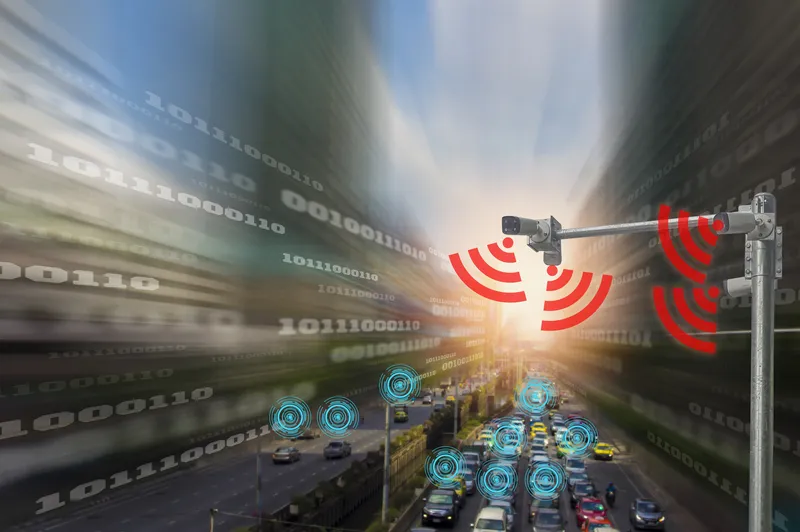ITS Australia has welcomed the National Transport Commission (NTC) roadmap of reform for automated vehicle regulation and the goal of removing a ‘patchwork of conflicting requirements in different states and territories’.
It follows a recent meeting of the Transport and Infrastructure Council in which Ministers agreed to a series of reform initiatives to facilitate the increased testing and trialling of automated vehicles in Australia.
In a statement, NTC’s chief executive Paul Retter said that remov
November 14, 2016
Read time: 2 mins
It follows a recent meeting of the Transport and Infrastructure Council in which Ministers agreed to a series of reform initiatives to facilitate the increased testing and trialling of automated vehicles in Australia.
In a statement, NTC’s chief executive Paul Retter said that removing regulatory barriers will maximise the benefits of automated vehicles, including improved road safety, freight productivity and reduced road congestion.
ITS Australia CEO Susan Harris said the industry supports harmonisation of Australian regulations to ensure automated road vehicles moving people and freight can travel freely between states.
“Rapid advances are being made in vehicle technology, in particular with vehicle automation, and it is important our road rules keep pace,” she said.
She said disjointed state laws will lead to confusion, more risks on the road and barriers to movement, while nationally uniform laws for automated vehicles with performance based safety standards will encourage global players to consider investing in Australia for the development and trialling of automated vehicles while supporting strong safety standards for the Australian community.










